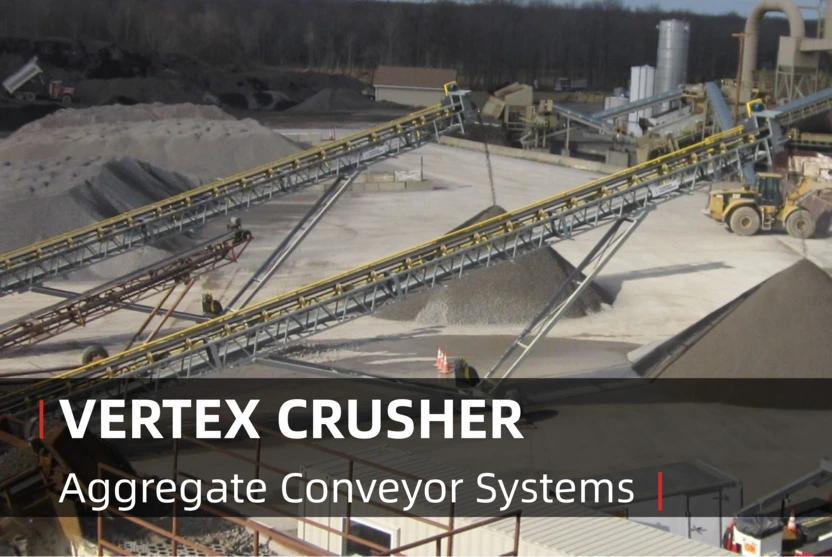
In the world of construction, mining, and material handling, efficiency is everything. One piece of equipment that plays a crucial role in streamlining bulk material transport is the aggregate conveyor. Whether you're working with sand, gravel, crushed stone, or recycled materials, aggregate conveyors are essential systems designed to move large volumes of material quickly and safely.
An aggregate conveyor is a type of bulk material handling equipment specifically built to transport aggregates—such as crushed stone, gravel, sand, and recycled concrete—over short or long distances. These systems are widely used in quarries, mining operations, construction sites, concrete batching plants, and asphalt facilities.
By enabling continuous material flow, aggregate conveyors help minimize manual labor, reduce operational costs, and improve productivity on-site.
Types of Aggregate Conveyors
Different projects require different conveyor configurations. Here are the most common types of aggregate conveyors:
Belt Conveyors
The most widely used type, belt conveyors consist of a continuous loop of material that moves over rollers or pulleys. Ideal for transporting a wide range of aggregate sizes.
Stacker Conveyors
Used for creating large stockpiles of material, these conveyors extend vertically or diagonally and can significantly increase storage efficiency.
Radial Stackers
These conveyors rotate around a central point, allowing even distribution of aggregates in a semi-circular pattern—perfect for creating cone-shaped stockpiles.
Overland Conveyors
Designed for long-distance aggregate transport across rough terrain, reducing the need for multiple loading and unloading stages.
Tracked Mobile Conveyors
Highly mobile, self-powered units that can be repositioned on-site to work alongside crushers, screens, or other aggregate machinery.
Key Components of Aggregate Conveyors
Understanding the structure of aggregate conveyors helps clarify how they deliver reliable performance:
Investing in aggregate conveyors brings multiple advantages:
Common Applications
Aggregate conveyors are used across a range of industries and site types:
When selecting an aggregate conveyor system, consider the following:
A well-chosen aggregate conveyor can dramatically enhance the efficiency and profitability of your material processing workflow.
Frequently Asked Questions about Aggregate Transportation
Q: Can aggregate conveyors handle wet or sticky materials?
A: Yes, though belt selection and cleaning mechanisms are key to handling moist aggregates effectively.
Q: How often should aggregate conveyors be maintained?
A: Regular inspections, belt tension checks, and lubrication are recommended monthly or after every 500 hours of use.
Q: Are mobile aggregate conveyors reliable for large-scale projects?
A: Absolutely. Tracked mobile conveyors offer flexibility and high capacity, making them ideal for dynamic job sites.
Aggregate conveyors are the backbone of efficient material handling in modern construction and mining industries. By streamlining the transport of bulk materials, they not only reduce operational costs but also support safer, cleaner, and more productive worksites.
If you're looking to upgrade your material handling system, consider incorporating a high-performance aggregate conveyor into your setup.
Need a reliable aggregate conveyor solution?
Explore Vertex Crusher’s full range of fixed and mobile aggregate conveyor systems designed for performance, durability, and sustainability.